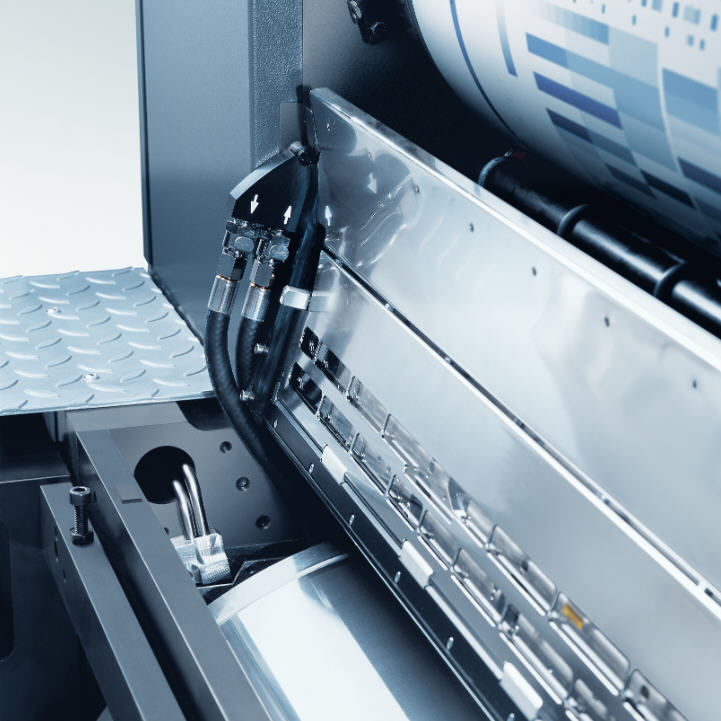Too complex and too little time – packaging printers who use a number of different systems to detect and eliminate defects may well be able to deliver consistently high quality or even impress with zero-defect production, but making these systems cost-effective by gearing quality settings precisely to the minimum requirements of each and every job is something of an exception to date.
There are two main reasons for this. The first is the more frequent job changes resulting from shrinking print runs. Quite simply, there isn’t time for job-specific presettings on each integrated inspection unit and peripheral device. The second is operator uncertainty, which is more likely to increase rather than lessen in the future given the growing skills shortage. In many cases, the know-how needed to fine-tune settings in accordance with the relevant contractually required quality level is lacking.
In both scenarios, the consequences are the same – the quality produced is often too high rather than too low – and since customers only pay for what they have ordered, packaging manufacturers are squeezing their own margins in such cases. They are generating a larger amount of unprofitable paper waste than is necessary or, in other words, are literally giving away quality when it isn’t even called for.
“Although zero-defect packaging is important, it isn’t the sole objective in packaging printing,” says Sascha Epp, commenting on this almost paradoxical situation. “Efficient, resource-friendly production is also vital, so it’s a case of finding the right level to ensure cost-effective production of the quality actually required,” adds the HEIDELBERG Product Manager.
How, though, can that be achieved during the daily production routine when operators are under ever greater time pressure, complexity is growing, and requirements are likely to become tougher still? It’s easy – with the Device Assistant from HEIDELBERG.
Device Assistant is a further addition to the company’s growing Assistant family, which uses automation to create valuable competitive advantages for print shops. Just like the other members of this family, the Device Assistant is a true specialist in making things quicker and easier.
Fully integrated into the job preparation wizard of Intellistart 3 in Prinect Press Center 3/XL 3, it acts as an intelligent control center that links all installed quality systems for both the press and output devices. The available setting options are laid out clearly in a graphical user interface for completely intuitive operation directly on the 24-inch multi-touchscreen.
The printing errors that lie within the tolerance limits and the ones that are unacceptable are defined in line with the relevant job. For example, operators can control:

In addition to this, the action to be taken if an unacceptable defect occurs can be adapted according to the press configuration. Once again, operators have various options at their fingertips:

The extent of this potential in practice largely depends on two factors – the press configuration and how much the required minimum quality varies within the job mix. Ultimately, it goes without saying that packaging manufacturers whose customers accept only zero-defect production have virtually no room for maneuver. At the same time, the potential efficiency gains increase along with the number of quality systems installed, because these systems enable detailed defect management with a great many flexibly adjustable parameters that can be adapted precisely to the level of quality specified in the job portfolio.
In all cases, the key question is as follows: What kind of printing error can cause complaints or something even worse? For good reasons, the limits are strict when it comes to producing packaging for the pharmaceuticals industry, where even a missing comma or digit can have undesirable legal repercussions. Typeface errors are also considered a nuisance in the case of high-quality packaging for the food and cosmetics sectors. If, on the other hand, the overall impression is the priority, defects such as minor color deviations can still be tolerated. “In any case, defect tolerances can be coordinated precisely with the relevant customer requirements – and the greater the leeway, the greater the potential savings and gains for print shops with our Device Assistant,” says Sascha Epp.